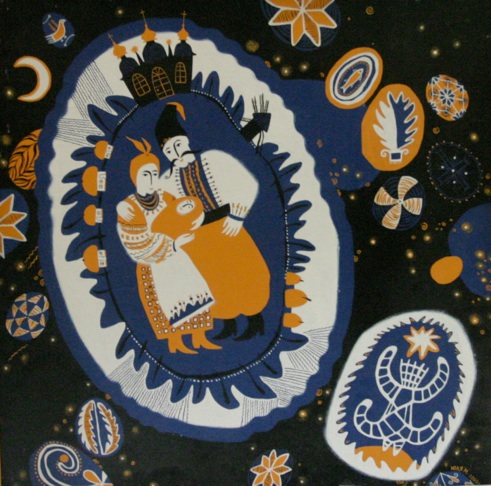Pysanka Symbols
and Motifs
Pysanka Symbolism
Pysanka Symbols
and Motifs
Pysanka Symbolism

What do all the symbols mean?
This section is being updated/replaced. Go to the incomplete Symbolism (New) and/or download and read this basic primer on symbols: “Symbolism and Motifs”.
A great variety of ornamental patterns are found on pysanky. Because of the egg’s fragility, no ancient examples of pysanky have survived. However, similar ornamental patterns occur in pottery, metalwork, embroidery and other crafts, many of which have survived through the ages.
The symbols which decorated pysanky underwent a process of adaptation over time. In pre-Christian times these symbols imbued an egg with magical powers to ward off evil spirits, guarantee a good harvest, insure fertility, and bring a person good luck. After 988, when Christianity became the official state religion of Ukraine, the interpretation of many of the symbols began to change.
The names and meaning of various symbols and design elements vary from region to region, and even from village to village. Similar symbols can have totally different interpretations in different places, and can even be called by very different names. And, over the years, and especially due to the banning of pysankarstvo by the Soviets, the meanings of many pysanky have been forgotten.
When examining a pysanka, and looking at its symbols, keep in mind that there is no “secret decoder ring” to discover its meaning. One does not pick out the symbols and assign each a single, simple meaning. Instead, you must consider the organic whole of the decorated egg, not just its individual components. The arrangement of motifs into a design can often be more important than any of the individual components.
Back to NEW MAIN Symbolism home page.
Back to MAIN Pysanka home page.
Back to Pysanka Index.
